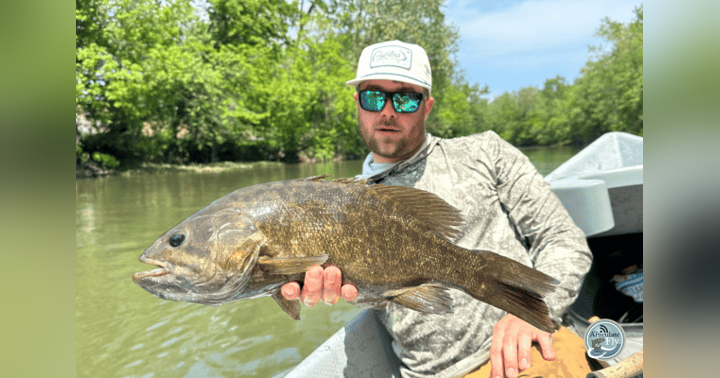HOW TO FLY FISH: MAYFLIES (PART I): NYMPHS AND EMERGERS

The mayfly’s life cycle has three parts: nymph, subimago (or dun) and imago. The nymph is the underwater stage that hatches into a sexually immature dun. Shortly after hatching, the dun molts into a sexually mature imago, mates and dies. Most fly fishermen focus on nymphs and duns. Fishing the spinner fall for imagos is fun but involves a tricky combination of planning, luck and often technical fishing.
Mayfly nymphs inhabit the stream bottom. They are available to trout when they are accidentally dislodged and when they emerge. Mayflies are also available as a result of voluntarily releasing from stream structure to drift downstream to new habitat. This is known as behavioral drift. Behavioral drift often occurs in unison and can result in trout keying in on a particular nymph. Think of it as an underwater hatch.
To increase your chances for success, try to “match the hatch” with your nymph selection. Simply pick up some rocks from the stream bottom and take a look at the critters crawling around on them. Select a nymph from your fly box that roughly matches the size and color of the nymphs crawling around on the rocks. A Pheasant Tail Nymph is my go-to-pattern and covers a majority of fishing situations. If you have room, a large aquarium net is a handy tool for seining the water. Using a net or a seine is better than simply turning over rocks, because the larger sample size gives you more information about the insects in the drift. A net with a white mesh basket works best, because it offers the best contrast with the darker insects.
Most mayfly nymphs hatch by swimming or floating to the water’s surface. Photoperiod (the amount of sunlight in a given day) and water temperature determine the timing of a particular hatch (more on this in my next post). Emergers are extremely vulnerable, and, as a result, trout often focus on them. In order to hatch successfully, an emerger must safely travel to the water’s surface, break through the water’s surface tension and sit there until its wings dry. Tick tock tick tock. Slurp.
Soft hackle flies are the imitation of choice for emergers. Since an emerger moves through the entire water column, you can fish them near the bottom like a nymph, in the surface film and anywhere in between. On a two fly rig, you can fish a nymph on the bottom and soft hackle on a dropper above the nymph or drop a soft hackle off of a dry fly. You can fish soft hackles dead drift or on the swing. A soft hackle’s upward movement at the end of the swing imitates an emerger’s journey to the surface and frequently triggers an aggressive strike. In terms of specific patterns, while you can target specific mayfly species, soft hackle Pheasant Tails and Hare’s Ear (with and without a bead) will cover a majority of fishing situations. If I had to add one more pattern, I would select a Partridge and Yellow or a Partridge and Orange to imitate a Sulphur or Pale Morning Dun.
At The Articulate Fly, we love questions! Please post a comment or send us your question.
Follow us on Facebook, Instagram, LinkedIn, Twitter or YouTube.




